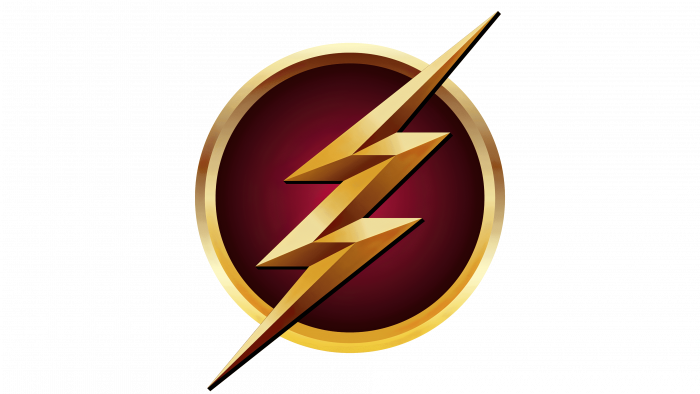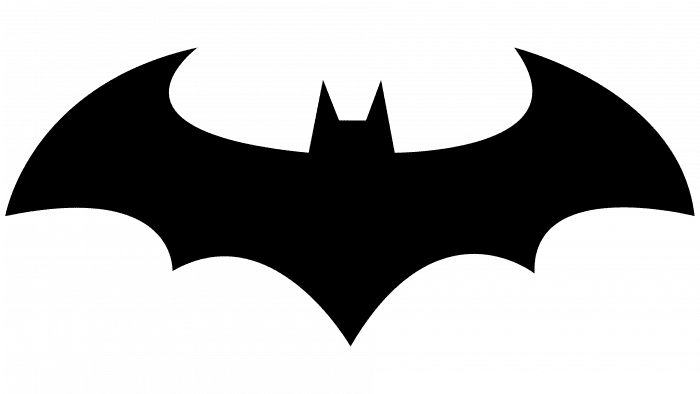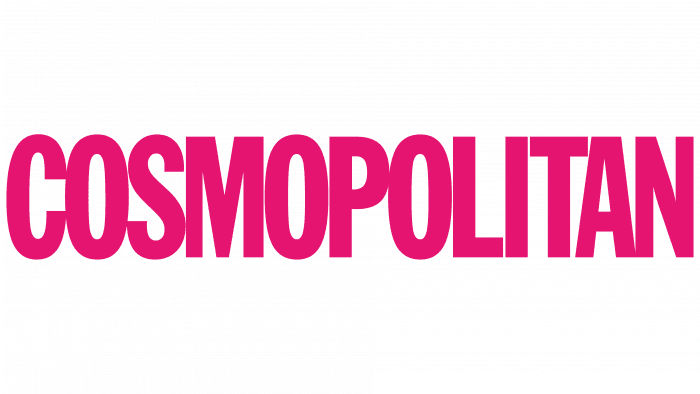The emblem depicts a strong, fast, and very energetic hero. His strength is associated with the dissection of space and time and instantaneous movement between destinations. The Flash emblem points to a champion who has no equal.
Flash: Brand overview
Flash is the superhero name of several characters who appeared in the comic books of the American publisher DC Comics. The very first of them was named Jason Peter “Jay” Garrick. He made his debut in 1940 in Flash Comics #1. He was invented by writer Gardner Fox and portrayed on paper by screenwriter and cartoonist Harry Lampert.
Meaning and History
The Flash’s emblem reflects the superhero’s abilities, just as the bat symbol hints at Batman’s image. The lightning bolt symbolizes the hero’s ability to develop lightning speed. His superhuman reflexes and FTL movement defy the existing laws of physics.
There were four people hiding under the alias Flash. The first was Jay Garrick, a college student who gained superpowers while working in a lab. He did not wear a mask, as he could move quickly and stealthily. This character wore a red shirt with a simple yellow zipper.
What is Flash?
The Flash is a name that belongs to several DC Comics superheroes. The very first one (Jay Garrick) appeared in the Flash Comics anthology that ran from 1940 to 1949. He possessed super speed, as did all subsequent incarnations of the character. There were no less than four of them: Barry Allen, Wally West, Bart Allen, and Avery Ho, who also wore a Flash mask. They all belonged to different teams and wore red suits with zippers.
The next Flash was a police officer named Bartholomew Henry “Barry” Allen. He became a superhero in 1956 and disappeared in 1985. His emblem looked like a yellow lightning bolt in a white circle.
In the December 1959 issue, the second Flash had a sidekick, his nephew Wallace Rudolph “Wally” West. After Barry Allen’s death, he adopted his mentor’s alias and costume. Thus, the lightning bolt remained largely unchanged.
The fourth Flash first appeared in the pages of the comic in 1994 but was originally named Impulse. He was Bartholomew “Bart” Allen II, who inherited superpowers from his grandfather Barry Allen. After growing up, he followed in the footsteps of his famous relatives and became the Flash as well.
All four characters share the same emblem; only the first one does not have it placed in a circle. Lightning bolt symbols also adorned the costumes of the occasional Flash from the future and alternate realities. There were many variations of the same emblem: the number of zipper folds, color, shape, and size varied. In most cases, the zigzag went beyond the circle.
The modern version has a thin gold outline on the border of the circle, although there are variants with a black ring. Sometimes, the badge is placed inside a red rectangle corresponding to the color of the costume. 3D zippers with a gradient are encountered. Most often, the circle is white, but maroon is also found.
The lightning bolt symbol perfectly captures the essence of the Flash’s superpowers. It is a graphic representation of the phrase “lightning speed,” which characterizes the iconic DC Comics character. The format of the logo has changed as often as Flash’s alter ego. The version most similar to the current one first appeared in Showcase Magazine #4 in 1956. Prior to that, the circle was absent, with Jay Garrick depicting a zigzag directly on the red suit.
Flash: Interesting Facts
The Flash stands out in the DC Comics world as a superhero known for his incredible speed and role in creating the Justice League. Different heroes have played this character over time, each adding their own stories to the Flash legacy.
- Different Heroes: Starting with Jay Garrick in 1940, then Barry Allen in 1956, Wally West in 1986, and Bart Allen in 2006, each Flash has added something new to the story.
- Speed Force: The Flash’s super speed comes from the Speed Force, a powerful energy that impacts time and reality.
- Barry Allen’s Story: Barry Allen died heroically in 1985 but was brought back to life more than 20 years later, exciting fans.
- Wally West as The Flash: After Barry, Wally West took over and delved deeper into the Speed Force, showing fans new powers.
- Unique Abilities: Besides being fast, The Flash can vibrate through objects, travel in time, and create energy vortexes.
- On Screen: The Flash has appeared in TV shows since 1990 and in movies, including a recent series in 2014 and films with Ezra Miller.
- A Trendsetter: Jay Garrick was the first superhero with a sidekick, starting a tradition of mentorship in comics.
- A Comic Book Icon: Barry Allen’s debut in 1956 kicked off a new era of superhero comics.
- Justice League: The Flash is crucial to the team’s success as a key member.
- Time Travel and Crossovers: The Flash’s ability to move through time and dimensions has placed him at the center of major DC events, like “Flashpoint.”
The Flash’s lasting popularity shows how compelling and versatile the character is, influencing comics, TV, and movies with themes of heroism and justice.
Font and Colors
There is no lettering or lettering on the superhero emblem – just zippers. As for the common “FLASH” wordmark used in comics and on covers, it was always written in a non-standard font with stylized letters.
The color palette is unstable: the zigzag is yellow, orange, or gold with a gradient. The background circle is most often white, although red is also allowed. Sometimes, it is placed in a ring painted in the same color as the lightning bolt. However, this element may be black or absent altogether.
Flash color codes
| Black | Hex color: | #000000 |
|---|---|---|
| RGB: | 0 0 0 | |
| CMYK: | 0 0 0 100 | |
| Pantone: | PMS Process Black C |
| Cobalt Yellow | Hex color: | #fdec0a |
|---|---|---|
| RGB: | 253 236 10 | |
| CMYK: | 0 7 96 1 | |
| Pantone: | PMS 3955 C |





